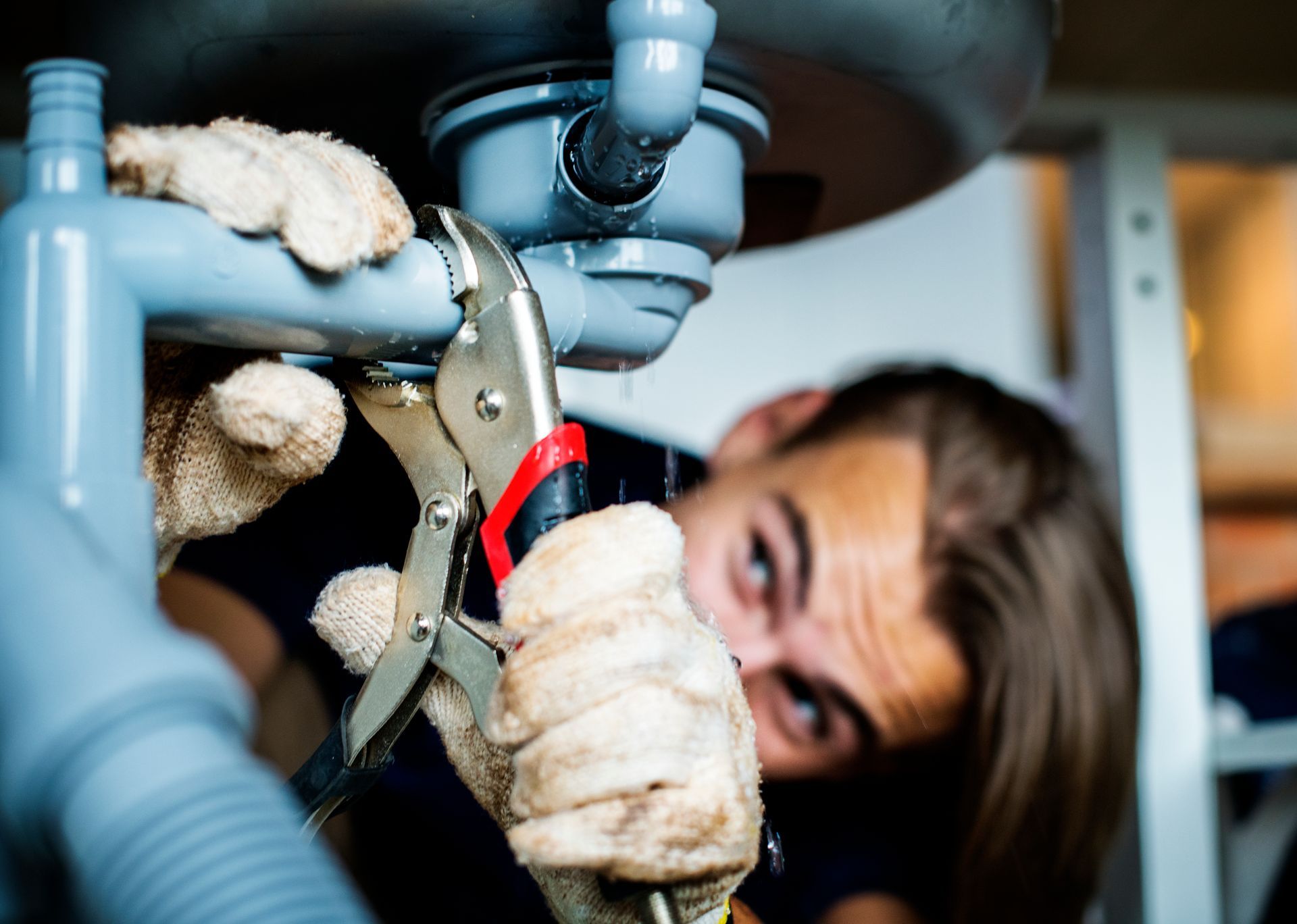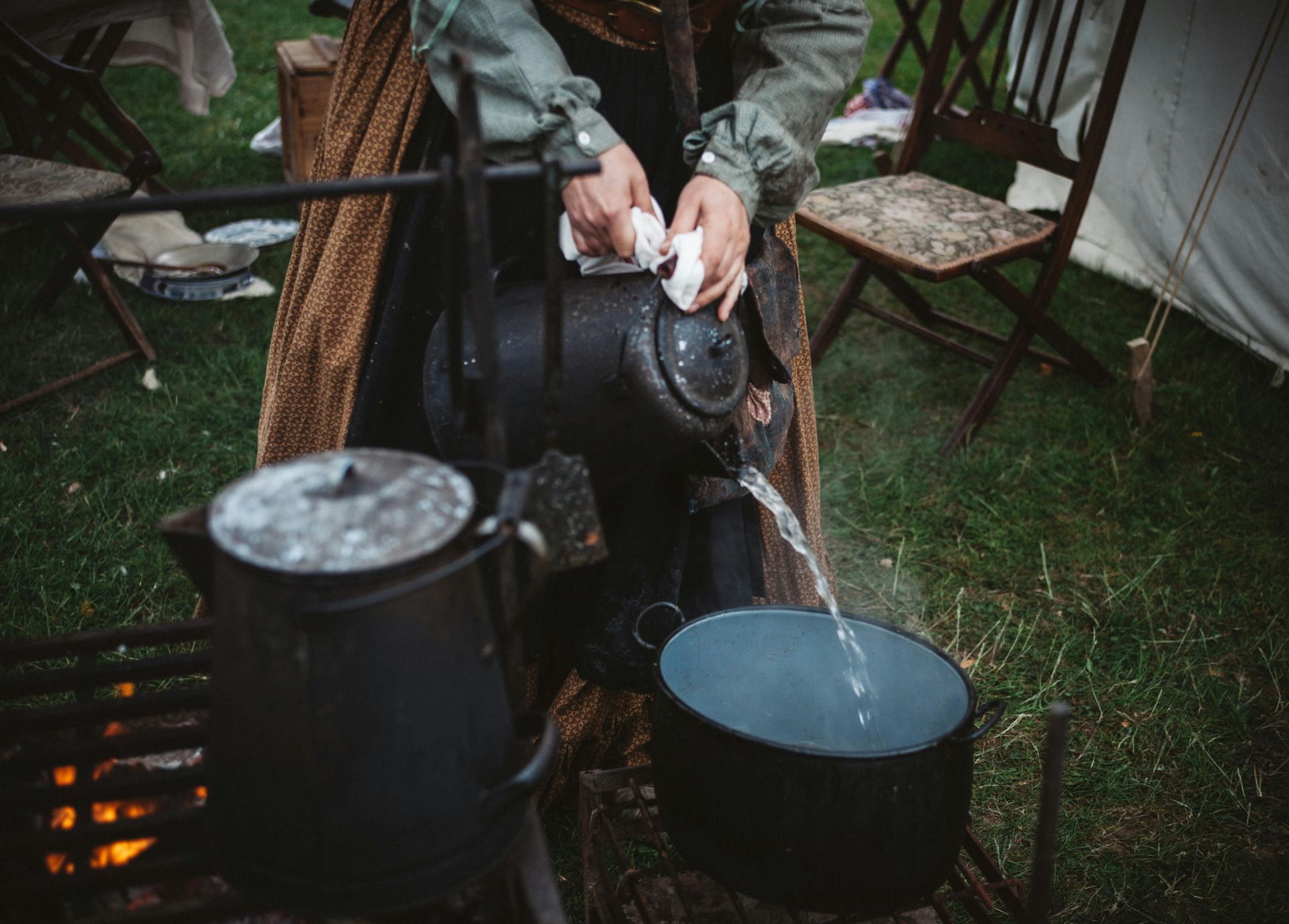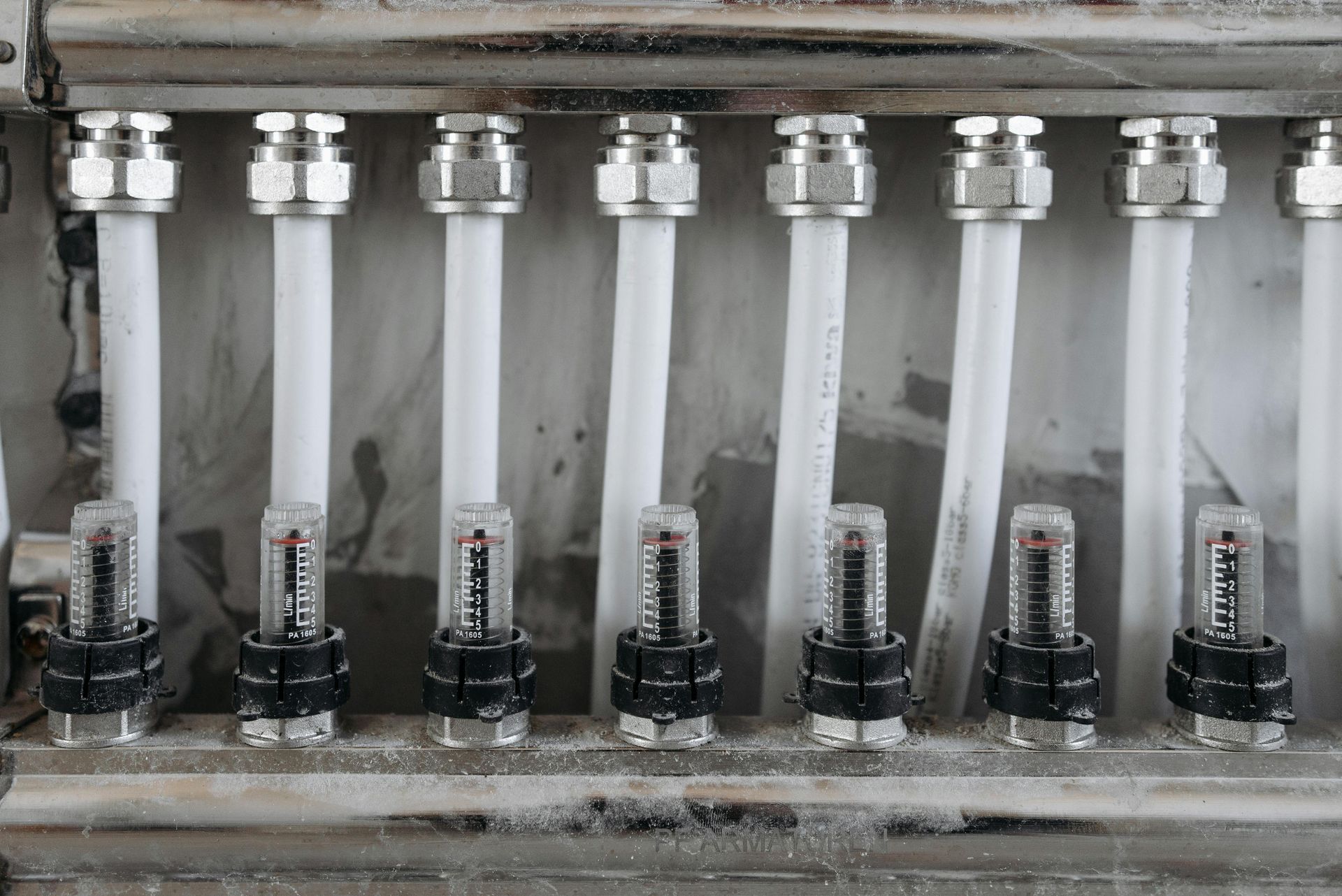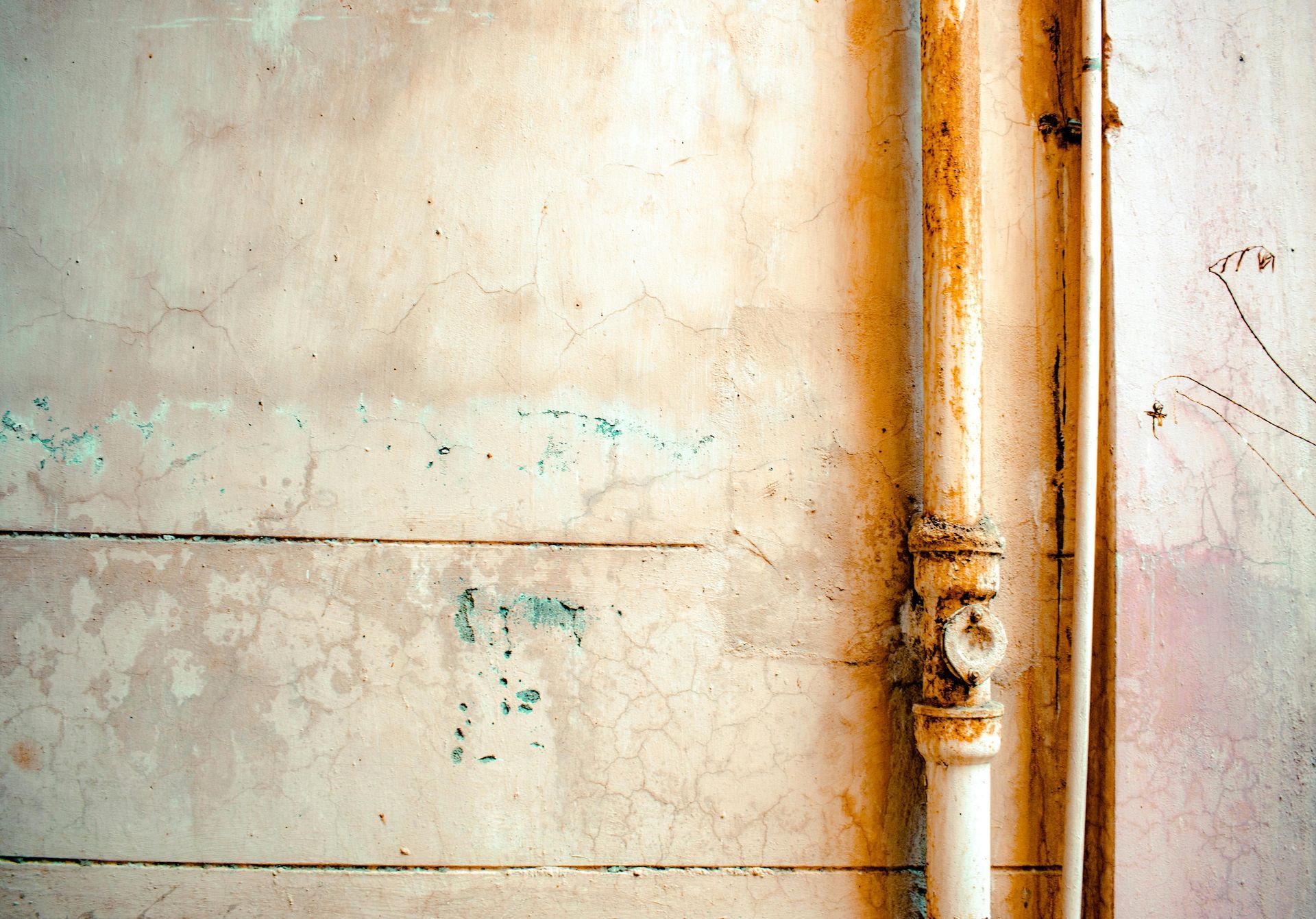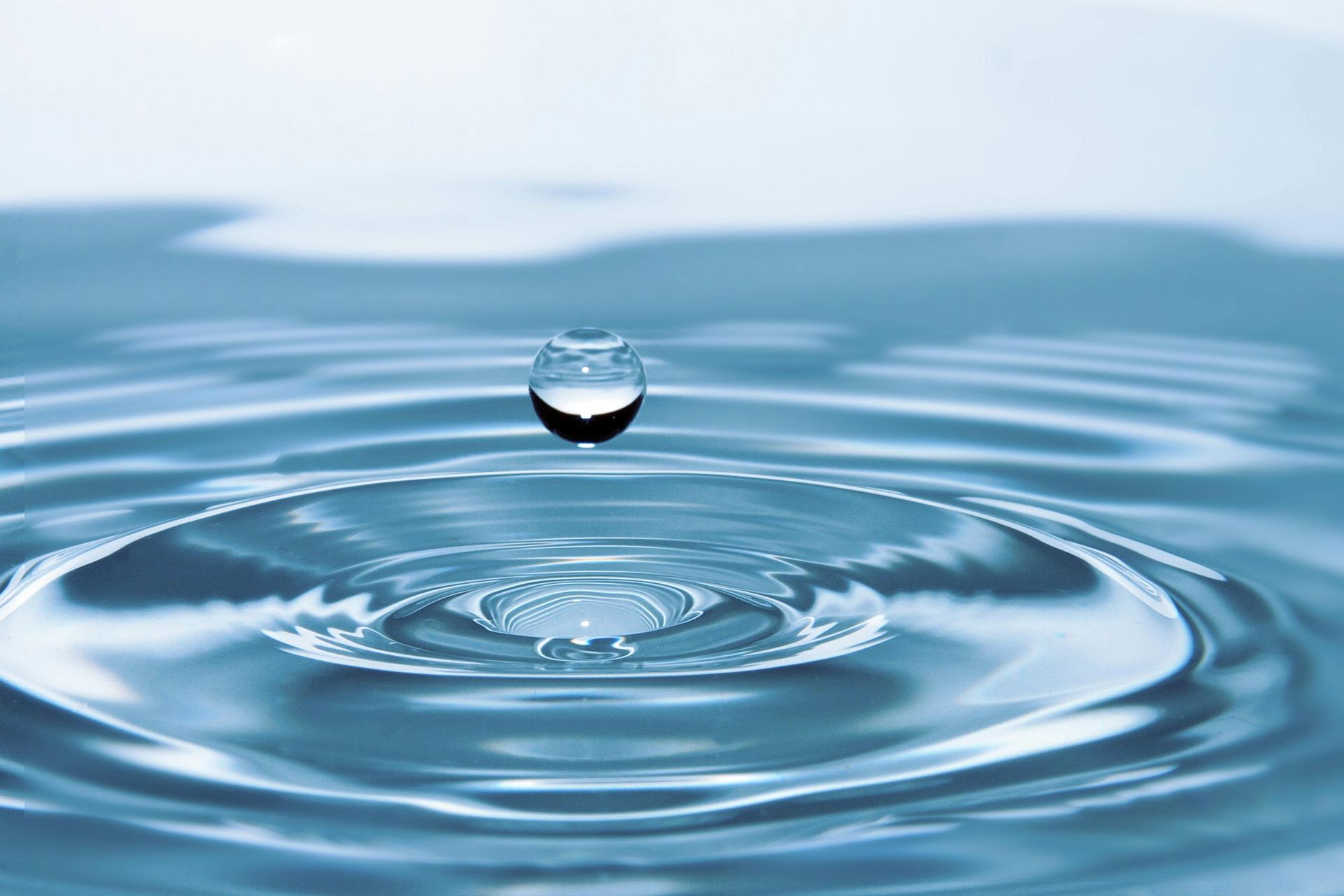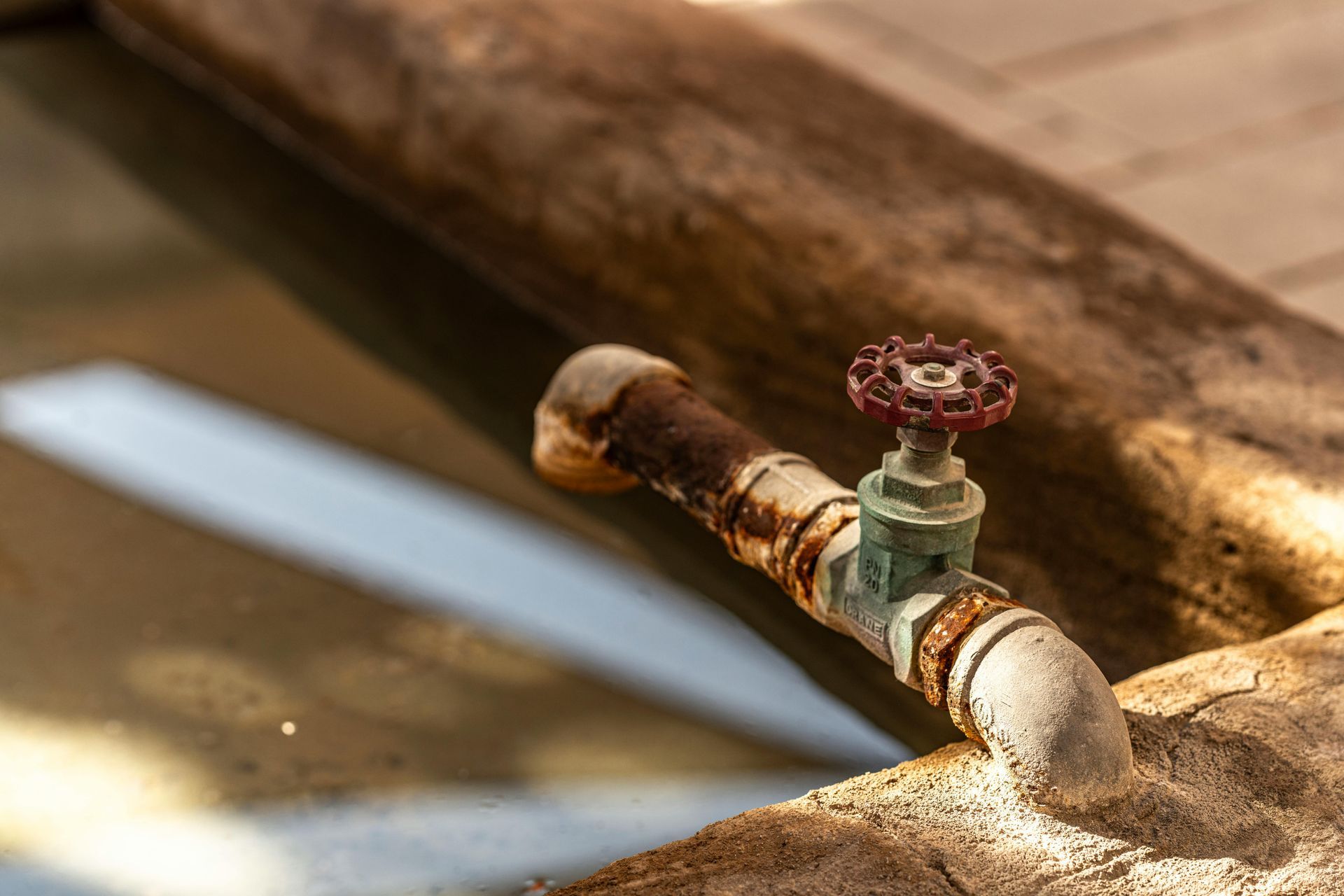How to Properly Install a Frost-Proof Outdoor Faucet?
Installing a frost-proof outdoor faucet is an essential step for homeowners who want to protect their outdoor water supply from freezing temperatures and potential pipe bursts. These specialized faucets, also called freeze-proof sillcocks, are designed to prevent water from freezing inside the faucet body, keeping your pipes safe during the winter months. Proper installation not only prevents costly water damage but also ensures consistent water flow year-round. This elaborate guide offers a professional, step-by-step process for installing a frost-proof outdoor faucet, incorporating expert insights from trusted plumbers like All City Plumbers. Additionally, we'll touch upon related home maintenance tasks such as how to flush sediment from your water heater and maintain your water heater to keep your entire water system operating efficiently.
What Is a Frost-Proof Outdoor Faucet and Why Is It Important?
A frost-proof outdoor faucet is engineered to prevent freezing by positioning the valve mechanism several inches inside the heated space of your home (such as the basement or crawl space), away from the exposed, colder outside environment. Unlike traditional outdoor faucets, which can freeze and burst in winter, frost-proof models have a long stem that shuts off water supply inside the warmer interior.
This prevents the water inside from freezing and causing damage. Installing one properly saves homeowners from potential flooding, water damage, mold growth, and costly repairs.
Preparation and Tools Needed for Installation
Before beginning the installation, gather the necessary tools and materials to ensure a smooth and efficient process. These include:
- A frost-proof outdoor faucet chosen according to the size and type of your water line (commonly 3/4-inch or 1-inch threads)
- Copper or PEX fitting materials depending on your plumbing infrastructure
- Pipe cutter and tubing cutter
- Propane torch and soldering supplies for copper pipe (if applicable)
- Adjustable wrench and pliers
- Screwdriver and masonry drill bit (1 1/4 inch diameter recommended)
- Silicone caulking or plumber’s putty for sealing
- Teflon tape for threaded connections
- Safety gloves and protective eyewear
- Drill with masonry bit (if drilling through concrete or wall)
- Bucket or towels to catch drips
This preparation, as recommended by professionals like All City Plumbers, is essential to prevent interruptions and maintain safety throughout the process.
Step-by-Step Installation Guide for a Frost-Proof Outdoor Faucet
Step 1: Turn Off the Water Supply and Drain Existing Faucet
Begin by shutting off the water supply to the outdoor faucet at the main valve. Open the existing faucet to relieve residual pressure and drain any remaining water. If replacing an old faucet, remove it by loosening the mounting screws and disconnecting the water line. Have towels or a bucket ready for any water that may spill during the removal process.
Step 2: Drill an Appropriately Sized Hole in the Exterior Wall
If not already present, you will need to drill a hole through your home's exterior wall, basement foundation, or crawl space band to accommodate the length of the frost-proof faucet’s stem. Using a 1 1/4-inch diameter masonry bit (or as specified by your faucet model), carefully drill the hole through the wall from the outside where the faucet will be installed.
Leave enough clearance for the faucet stem to extend inside the warm interior space by about 6 to 12 inches, ensuring it reaches into the heated area to prevent freezing.
Step 3: Prepare the Water Supply Pipe for Connection
Access the water supply pipe inside your home. Using an appropriate tubing cutter, cut the existing cold water pipe cleanly where the faucet’s stem will connect. If you have copper piping, clean the cut end with emery cloth or sandpaper to remove oxidation and ensure a clean surface for soldering.
This is a good opportunity to inspect your pipes and, if needed, schedule a service to flush sediment from your water heater or perform essential water heater maintenance to keep your home’s water system in balance and free from sediment buildup.
Step 4: Install New Pipe Fittings and Attach the Faucet Stem (If Using Copper Pipes)
Following standard copper pipe fitting procedures, apply flux to both the pipe end and the inside of your fittings. Solder the necessary copper adapters and extensions to reach the faucet stem length. Take care to avoid overheating plastic or rubber components in the faucet by removing the internal stem assembly temporarily if instructed by your faucet’s manufacturer.
When dealing with PEX or plastic piping systems, use the correct crimp or clamp fittings designed for your pipe type to secure connections tightly without leaks.
Step 5: Insert and Secure the Frost-Proof Faucet Through the Exterior Wall
From the outside, insert the frost-proof faucet stem through the drilled hole so that the valve sits inside the heated interior space. Position the faucet flange flat against the exterior wall surface, ensuring it is level and pointing downward to allow any remaining water to drain out properly.
Apply silicone caulking or plumber’s putty around the back side of the flange for a watertight seal to prevent drafts, water infiltration, and pest access.
Fasten the faucet flange securely to the wall using wood or masonry screws, typically two, ensuring the faucet is stable and won’t shift during use.
Step 6: Reinstall Faucet Internal Components and Connect Water Supply
If previously removed, reinstall the internal faucet stem assembly from inside the house according to the manufacturer’s instructions. Tighten securely but avoid over-tightening to prevent damage.
Connect your water supply pipe to the adapter or faucet stem assembly. For copper pipes, this may involve soldering or using compression fittings. With PEX, use the appropriate push-fit or clamp fittings. Apply Teflon tape to threaded connections to ensure watertight seals.
Step 7: Test the Installation and Check for Leaks
Turn the water supply back on slowly and open the frost-proof faucet to verify water flows freely. Check all connections thoroughly for any signs of leaks or drips inside and outside.
Close the faucet and examine to ensure the water stops flowing completely without leaks. A properly installed frost-proof faucet will not leak or freeze in cold weather.
Step 8: Insulate the Faucet and Pipe (Optional but Recommended)
For added protection, especially in colder climates, insulate the exposed piping extending from inside the wall to the faucet stem with foam pipe insulation. This reduces cold air exposure and helps maintain stable temperatures around the valve.
Why Professional Installation and Maintenance Matter
While some homeowners with plumbing experience may feel confident installing a frost-proof faucet themselves, the precise copper soldering, correct pipe sizing, and air-tight sealing require skill to prevent future leaks and damage. Experienced plumbing services like All City Plumbers recommend professional installation for guaranteed performance and compliance with local plumbing and building codes.
Additionally, ensuring your home plumbing—including your water heater—is properly maintained and flushed to remove sediment prevents blockages and prolongs appliance life, reinforcing the entire water system’s reliability alongside your new faucet installation.
Final Thoughts
Properly installing a frost-proof outdoor faucet is a vital task to protect your home’s plumbing during cold weather and ensure reliable year-round outdoor water access. By following this detailed, professional guide, you will:
- Safeguard your pipes from freezing and bursting
- Maintain efficient water flow and leak prevention
- Extend the lifespan of your outdoor faucet and water system
- Promote energy efficiency and water conservation
Integrating professional services from experts like All City Plumbers and attending to related maintenance such as regularly flushing sediment from your water heater provides peace of mind and top-notch plumbing system health.
For best results, consider scheduling annual plumbing inspections to maintain all water fixtures and appliances in peak condition.

